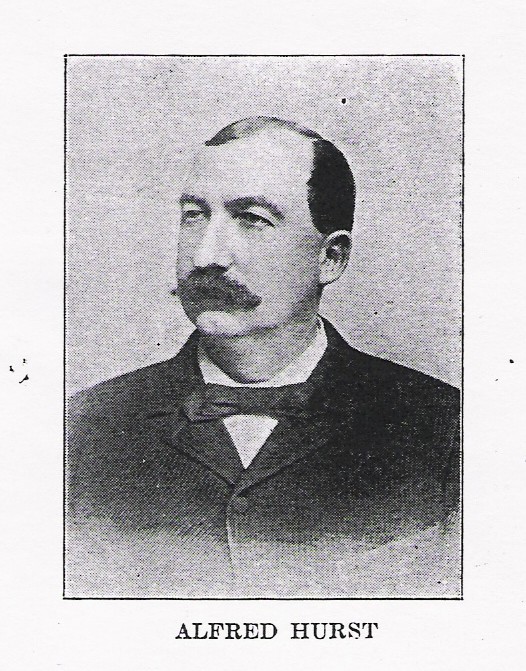

Charles F. Stein House 

STEIN, HURST
Posted By: Ken Wright (email)
Date: 9/19/2010 at 22:15:54
Charles F. Stein House-
Charles Stein joined the growing tide of German immigrants fleeing their native homeland in 1848 to find political freedom and economic opportunity on the American frontier. As an accomplished stonemason from Prussia, Charles services were much in demand in frontier Davenport where hundreds of covered wagon settlers arrived in the Black Hawk Purchase each week and housing was in short supply.
In 1848, Charles married a young widow, Eliza Hurst, and became a stepfather to her young son, Alfred Hurst. By 1857, Charles and Elizabeth moved their family to the Village of East Davenport, two blocks uphill from the large brick manufacturing yard and lime kiln operation Charles operated on the banks of Mad Woman Creek. Mad Woman Creek was channeled under Kirkwood Boulevard during the street’s construction in 1909. Stein’s growing wealth allowed him to purchase a large number of properties in Davenport, and to build his new larger home sometime between 1868 and 1875.
Alfred Hurst learned the lime kiln trade at his stepfather’s knee. In 1870, Charles Stein bankrolled Alfred’s move to Jackson County and the construction of the “Hurst-Stein Lime Kilns” on the banks of the Maquoketa River. In time, the Hurst-Stein Lime Kilns became the largest lime kiln operation west of Chicago, producing 8,000 barrels of lime a day. The fortunes made from this regional enterprise were funneled into the purchase of over 3,000 acres of prime Iowa prairie farmland. When Charles Stein retired from the family business years later, the company name was shortened to “Hurstville Lime Kilns.”
In 1891, Charles and Elizabeth retired and moved to Maquoketa to live with Alfred. Their Village home was sold. By 1977, after 120 years of hard use, the house was condemned by Davenport City Inspectors as a “Dangerous and substandard building.” In 1982, Neighborhood Housing Services came to the landmark’s rescue by purchasing it with the intent of stabilizing it and “land banking” it until new owners could be found, In 1984, antique dealers Gordon and Mary Ellen Jensen took the huge leap of faith and purchased the hulking shell of a house and began the first round of ground-up gutting and restoration.
In 1996, the Charles F. Stein House was purchased by its current soul mates, Tim Huey and Sandy Doran. Tim is Director of Scott County Planning and Zoning. Sandy is a landscape architect with Shive-Hattery, an architecture and engineering firm. Together they have become the textbook example of the “back to the cities” movement locally, demonstrating how to build healthy, vital and sustainable “green neighborhoods” in the heart of Davenport’s central city. Their totally modern retrofitted historic home showcases the use of locally salvaged historic building parts to gently and creatively incorporate the most modern amenities into a 153 year-old structure. Sandy has artfully landscaped the steep terraced hillsides into display gardens with multiple water features, only enhancing the far distant views up river from the second story full-length rear balcony porch.
Maquoketa residents successfully petitioned the National Park Service to establish a Hurstville Lime Kiln National Register Historic District in 1977, as well as the Alfred Hurst home and the Hurst Hotel in Maquoketa. Charles Stein’s Summit Avenue home officially became part of the Village of East Davenport National Register Historic District in 1980.
Scott County Historic Preservation Society, Inc.

Eliza Stein Grave
Jackson Documents maintained by Nettie Mae Lucas.
WebBBS 4.33 Genealogy Modification Package by WebJourneymen